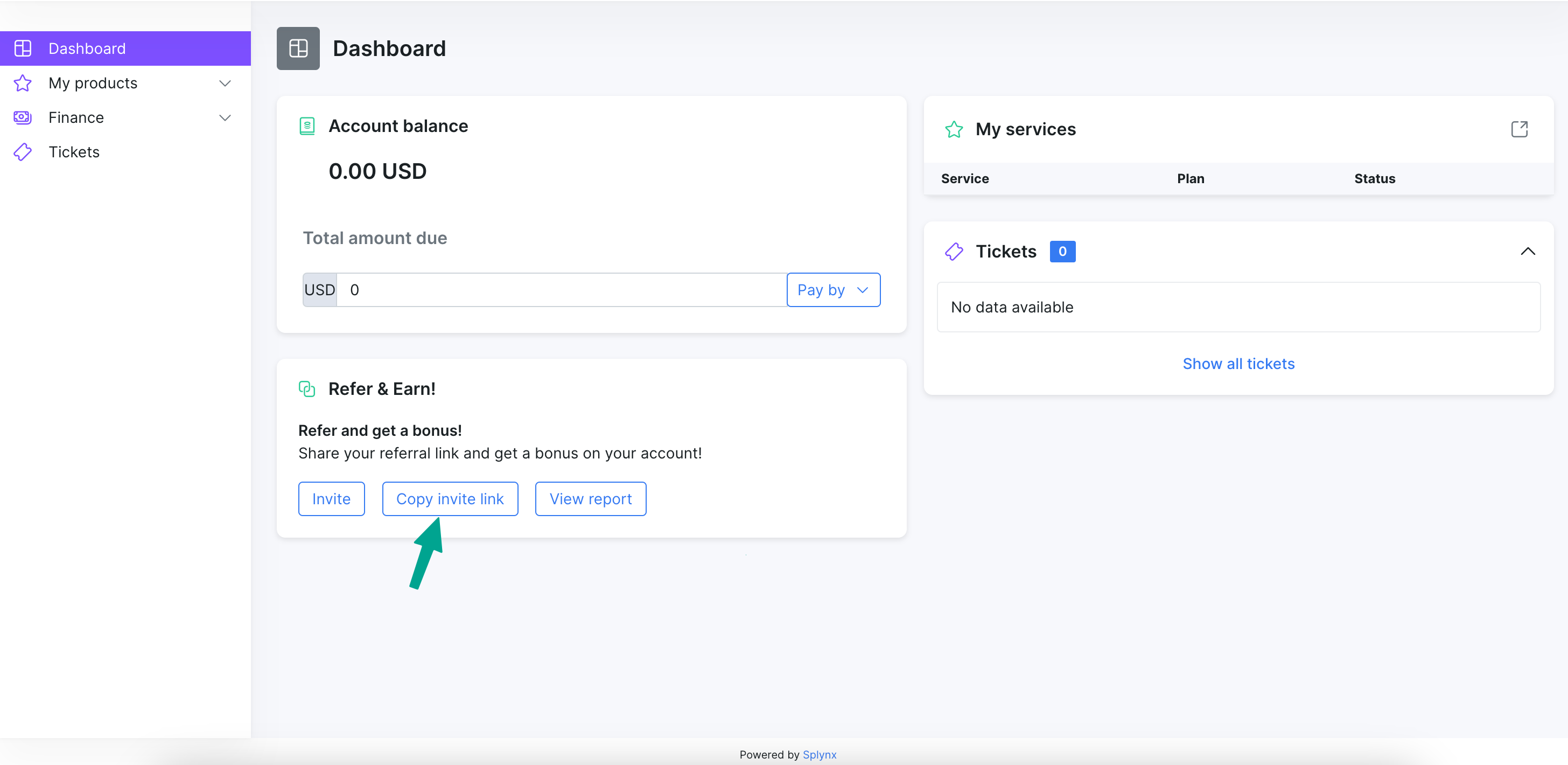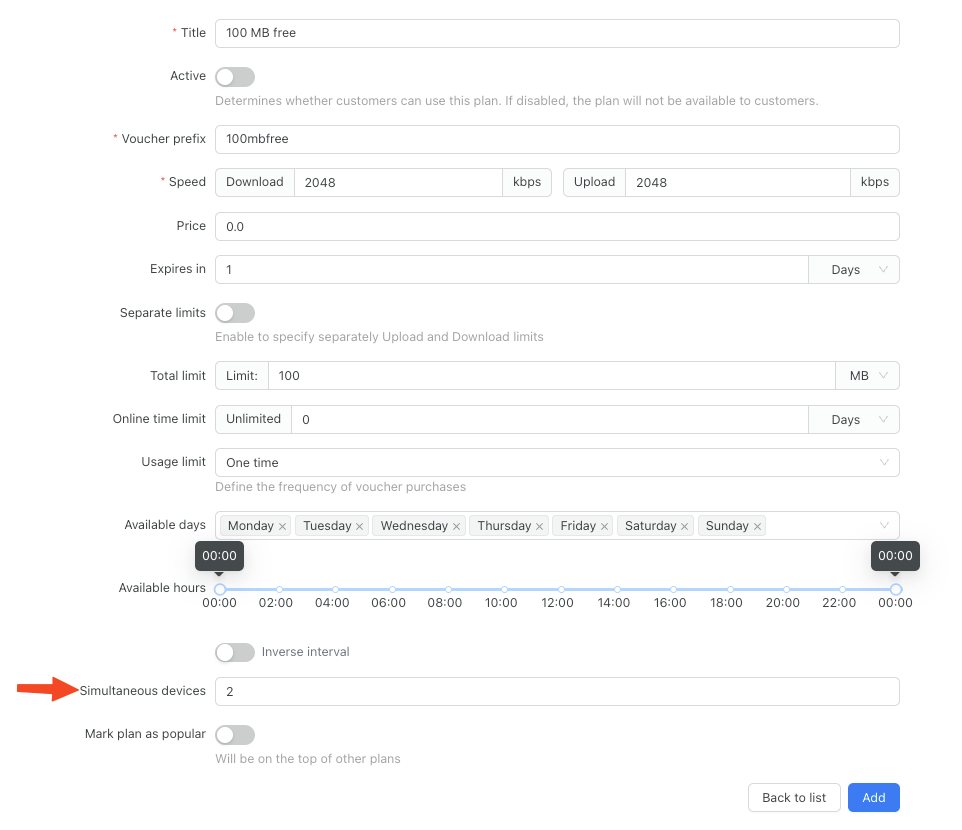Frequently asked questions
Cloud or on-premises?
Powerlynx is fully cloud-based software. We do not offer the option to install it on your own server separately.
Do you provide a trial to test your software?
Yes, we offer a 21-day trial so you can evaluate the Powerlynx software and determine if it suits your needs. During your license period, you can connect a maximum of 10 online customers.
Pricing
Our entry-level license is $50 for 200 online customers. This means you can keep a maximum of 210 online customers in Powerlynx with this license. You can upgrade your license if needed. For example, if you plan to host 800 online customers, the cost will be $200, and your system can accommodate up to 810 online customers. Any additional customers beyond that limit will not be able to connect.
What payment gateways do you support?
We are continually adding new integrations with payment gateways worldwide. Currently, we support PayPal, Stripe, Payfast(South Africa), Netcash(South Africa) and Safaricom MPESA (Kenya), DPO, MTN MoMo, Xendit. More about supported payment gateways you can find here.
What network devices do you support?
Powerlynx supports network equipment that can handle external captive portals, RADIUS authentication, and WireGuard or OpenVPN VPN. The majority of our clients use MikroTik devices due to their flexibility and compatibility. Teltonika, Cudy, and Cambium devices are also popular choices and work well with our platform.
We generally support most OpenWrt-based routers and enterprise-grade hardware that allows external captive portal redirection and RADIUS integration.
Some devices - like the Ubiquiti UniFi Dream Machine Pro and UniFi Cloud Gateway Ultra - are not supported, as they restrict external captive portals and third-party RADIUS authentication.
What is the user experience like when the customer connects to the WiFi?
In this screenshot, you can see six steps from entering your phone number to reaching the ads page. Steps 2, 4, and 5 are optional - if you’re offering free access, the system won’t redirect users to the payment page. Displaying ads and collecting additional personal information are also optional.

Do I need to connect SMS gateways to Powerlynx in order to send SMS?
Powerlynx does not come with an in-built SMS gateway. You'll need to connect third-party SMS gateways to Powerlynx. For more information on supported SMS gateways, please refer to the forum and documentation.
Can I connect my access point to Powerlynx?
Yes, you can connect your access point (AP) to Powerlynx. However, you need to have a hotspot controller, such as a Mikrotik router or Cambium router.
The general requirement for a hotspot controller is support for RADIUS and hotspot functionalities.
Mikrotik routers are relatively inexpensive and make excellent hotspot controllers. Here’s how you can set it up:
Connect the Hotspot Controller to Powerlynx: Follow the detailed guide available at How to connect your Mikrotik with Powerlynx.
Connect APs to the Controller: After connecting your Mikrotik to Powerlynx, you can connect your APs (e.g., TP-Link, Ubiquiti) to the Mikrotik router using VLANs (for example).
Set Up Hotspot Server on Each VLAN Interface: Configure a hotspot server on each VLAN interface to efficiently manage and monetize your WiFi network through Powerlynx.
Useful links:
- https://forum.powerlynx.app/t/mikrotik-hotspot-controller-with-access-point-device-simple-setup/128
- https://forum.powerlynx.app/t/mikrotik-controller-with-ap-connected-via-vlan-interface/75
What happens when the customer reaches the data package limit
When a customer connects to WiFi, selects a 1GB plan, and reaches that 1GB limit, they will need to reconnect to the WiFi in order to select a new plan. The customer will not be automatically redirected to the plan selection page. To address this, we have developed a feature that notifies your customer via SMS when they reach their traffic limit. You can configure it so that when 90% of the data is used, Powerlynx will send a notification to the customer, informing them that they will be disconnected soon and need to reconnect to purchase a new data package.
Can I Assign a Voucher to a Customer Manually?
In certain situations, you may need to provide a customer with a special-offer voucher that isn’t displayed on the splash page to prevent unauthorized use. For instance, employees might receive special vouchers for unlimited internet access. To assign a voucher manually:
- Create a data plan.
- Generate a series of vouchers from that plan.
- Open the voucher series.
- Select an individual voucher.
- Assign it to the customer.

How does the referral system work in Powerlynx?
Earn Rewards by Inviting Others to Powerlynx
Powerlynx now offers a referral program that allows you to invite other companies to join and earn a bonus! By referring new clients, you can receive a credit towards your Powerlynx account, making it even easier to manage your subscription.

How It Works
Invite a New Client
• Log in to your Powerlynx billing portal.
• Click the “Copy Invite Link” button on your dashboard.
• Share the referral link with someone who could benefit from Powerlynx.
The Referred Client Must Stay Active
• Your referral must sign up and remain active for 60 days.
• “Active” means paying for two consecutive monthly Powerlynx licenses.
• If the referral’s account is disabled within 60 days, no bonus will be awarded.
Receive Your Bonus
• Once your referral completes two consecutive monthly payments and stays active for 60 days, both of you receive a $100 account credit.
• The bonus is automatically added to your Powerlynx account balance.
Important Terms
• The bonus credit can be used for Powerlynx licenses and services or withdrawn by contacting our support team.
Start Referring Today!
Grow the Powerlynx community and earn rewards. Log in to your billing portal and start sharing your invite link now!
Can I create a read-only administrator in Powerlynx?
Yes, you can assign a read-only role to an administrator either when adding a new one or by updating an existing administrator and changing their role.

How do simultaneous devices work?

This setting defines how many devices can connect to the network simultaneously using the same voucher or user account.
For example, if it is set to 2, a user can connect two devices (e.g., phone and laptop) with their phone number. These devices will share the voucher’s limits concurrently (e.g., data and time).
If a third device tries to connect, Powerlynx will automatically disconnect one of the existing devices:
If one device is offline, it will be removed.
If both are offline, the device with the oldest session will be disconnected.
This functions as a form of smart device replacement within Powerlynx.
How do I handle the randomized MAC address feature on Android and iPhones?
Mobile devices like Android and iPhone often use randomized MAC addresses for privacy reasons, which can make device identification challenging. In Powerlynx, we offer a solution by generating a fingerprint for each device upon its first connection. This fingerprint is a unique identifier based on various device characteristics and is stored alongside the original MAC address.
Even if the MAC address changes later, Powerlynx can still recognize the device using the fingerprint. You can configure this feature under Config → Captive Portal.
There are two available options:
Store fingerprints only – to track what types of devices are connecting.
Validate fingerprints – to identify and manage devices consistently, even if their MAC addresses change (e.g., to prevent multiple MACs from bypassing connection limits).
This helps ensure more accurate tracking and control of connected devices.